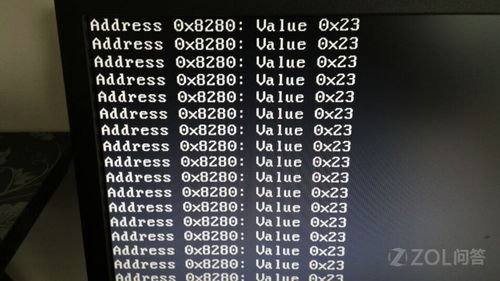来源:小编 更新:2024-11-14 03:30:41
用手机看

Twinkling, a term often associated with light, refers to the rapid and intermittent change in brightness or intensity of a light source. This phenomenon is commonly observed in the natural world, such as the twinkling of stars in the night sky or the flickering of candlelight. Understanding the concept of twinkling can provide insights into various aspects of light and its behavior.

The twinkling of stars is a result of the Earth's atmosphere. As light from distant stars travels through the atmosphere, it encounters various layers of air with different temperatures and densities. These variations cause the light to bend and scatter, leading to the twinkling effect. This phenomenon is more pronounced for stars that are closer to the horizon, as the light has to pass through a thicker layer of the atmosphere.
Several factors contribute to the twinkling of stars. The temperature and density variations in the atmosphere cause the light to refract, or bend, in different directions. Additionally, the turbulence in the atmosphere can cause the light to scatter, further enhancing the twinkling effect. The result is a mesmerizing display of light that has captivated humanity for centuries.

Twinkling is not limited to natural light sources; it can also be observed in artificial light sources, such as candlelight or neon signs. In these cases, the twinkling effect is often due to the instability of the light source itself. For example, a flickering candle flame can create a twinkling effect as the flame's intensity fluctuates. Similarly, neon signs may flicker due to electrical issues or the aging of the neon gas.
Understanding the causes of twinkling in artificial light sources can be crucial in various applications. For instance, in the design of lighting systems, engineers must consider the potential for twinkling and ensure that the lighting is both visually appealing and functional.

Photographers and cinematographers often use the twinkling effect to create a sense of magic and wonder in their work. By capturing the twinkling of stars or candlelight, they can evoke a sense of nostalgia or enchantment. The twinkling effect can also be used to convey a sense of movement or change, as seen in the flickering of flames or the twinkling of lights in a festive setting.
Techniques such as long exposure and the use of filters can enhance the twinkling effect in photographs and cinematography. These techniques allow the camera to capture the subtle fluctuations in light intensity, resulting in a mesmerizing and dreamlike image.

The study of twinkling has practical applications in various scientific and technological fields. For example, astronomers use the twinkling effect to measure the distance to stars and to study the properties of the Earth's atmosphere. Additionally, the twinkling effect is relevant to the development of optical systems, such as telescopes and cameras, which must account for the potential for light to scatter and bend.
In the field of physics, the study of twinkling can provide insights into the behavior of light and the properties of matter. By understanding the mechanisms behind twinkling, scientists can develop new technologies and improve existing ones.

Twinkling, a fascinating phenomenon observed in both natural and artificial light sources, has intrigued humanity for centuries. From the twinkling of stars in the night sky to the flickering of candlelight, this effect has captured our imagination and provided valuable insights into the behavior of light. As we continue to explore the wonders of the universe, the study of twinkling will undoubtedly play a significant role in our understanding of light and its many applications.